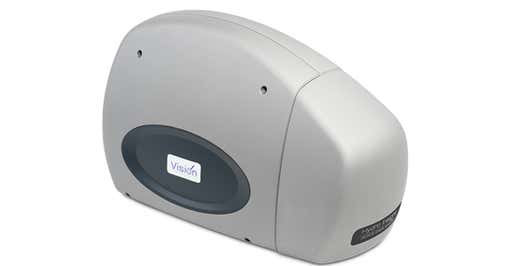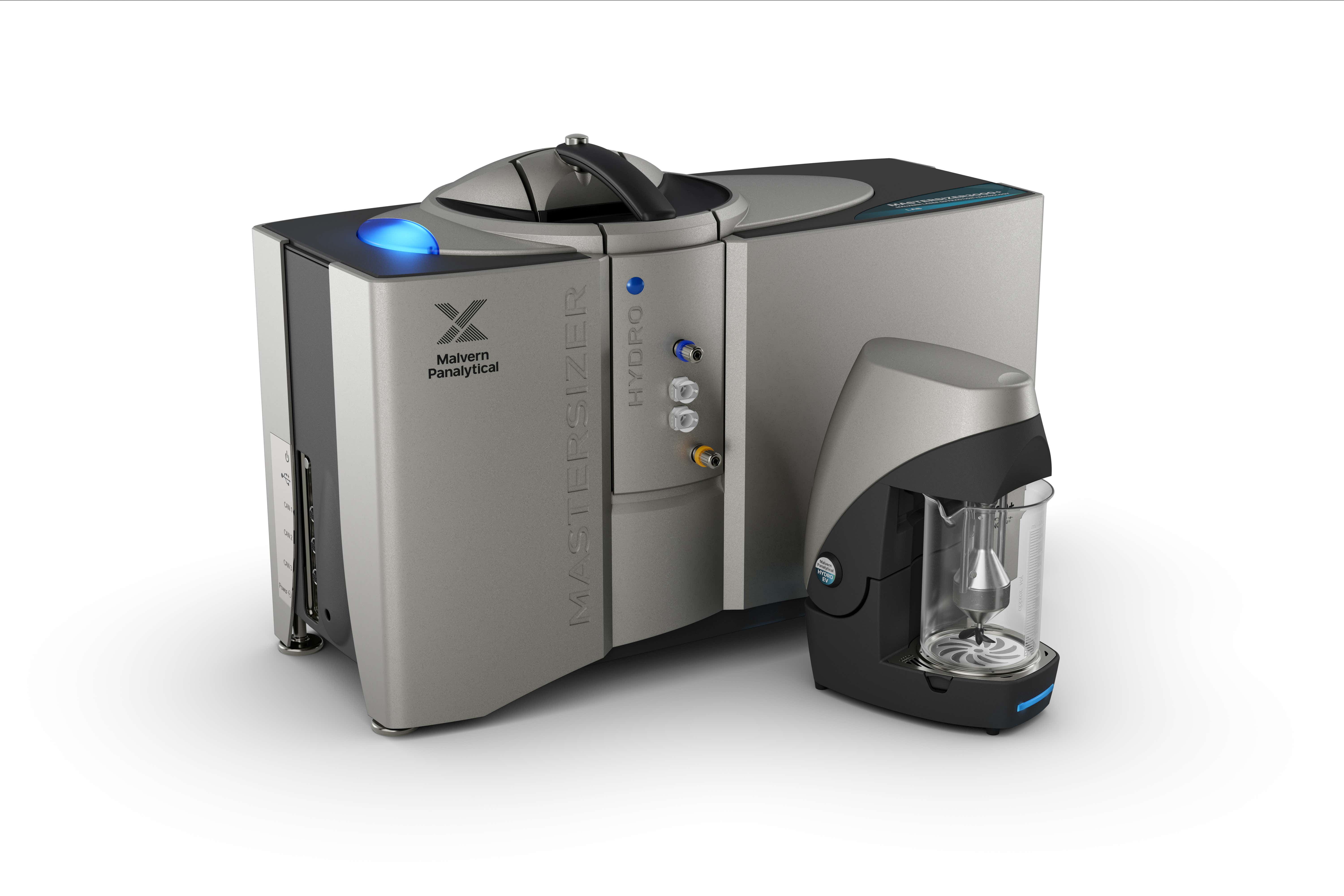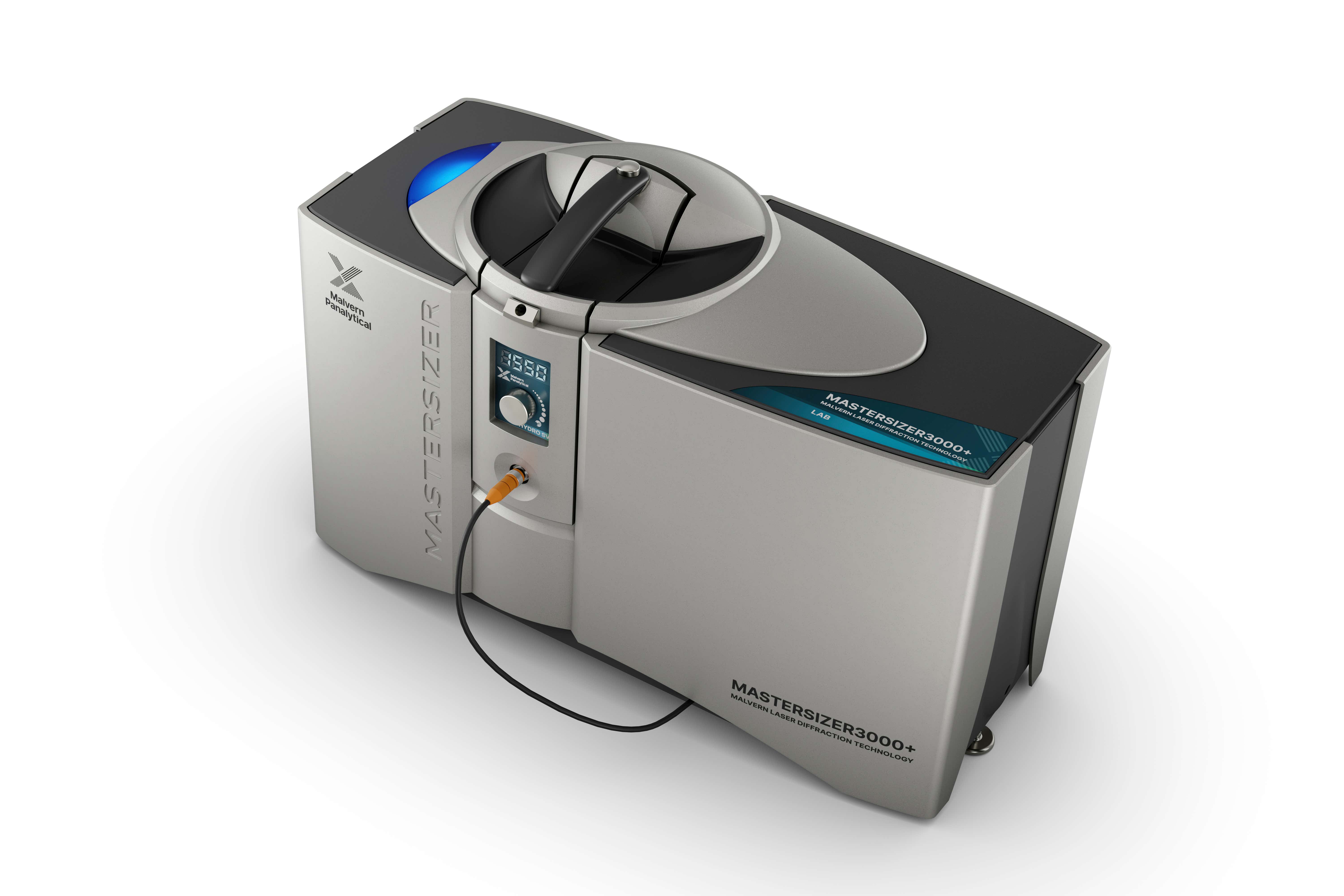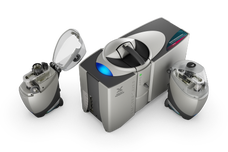The stability of suspensions and emulsions used and produced in industries such as pharmaceuticals and foods is important in ensuring product efficacy, acceptability, and success. Dispersion stability and gravitational separation are both key elements.
Dispersion stability: Achieving a stable dispersion requires control of the forces of adhesion and cohesion that exist between particles within a medium. These forces can lead to flocculation of emulsions or the creation of agglomerates within suspensions and powders. The risk of poor dispersion stability increases with decreasing particle size and can significantly impact processing. It may lead to powder conveyance issues within manufacturing processes, or problems with final product performance, such as the formation of agglomerates that give rise to imperfections in coatings and paints. Particle size and particle size distribution analysis is used in the management of dispersion stability risk and to identify the impact of stability problems on product performance and acceptance.
Gravitational separation: Improving the stability of a suspension or emulsion to gravitational separation relies on balancing the gravitational pull on the particles, a function of particle size and density, with the up-thrust of the suspending fluid, which depends on viscosity. In emulsions, particle size analysis is used to assess the likelihood of creaming, to which larger droplets are prone, and to monitor stability to flocculation and coalescence over time. Since droplet size and the degree of flocculation may also affect characteristics such as the mouthfeel of a food or the viscosity of a drink, particle size should be measured routinely when optimizing and manufacturing emulsion formulations.












